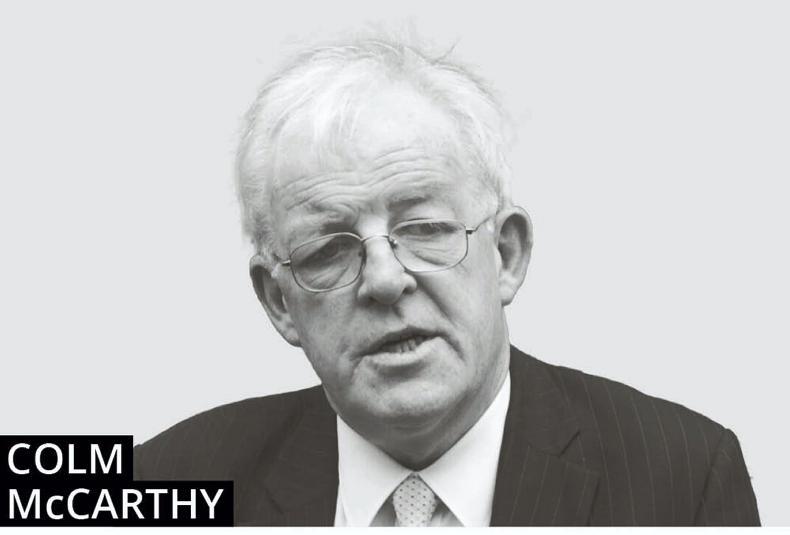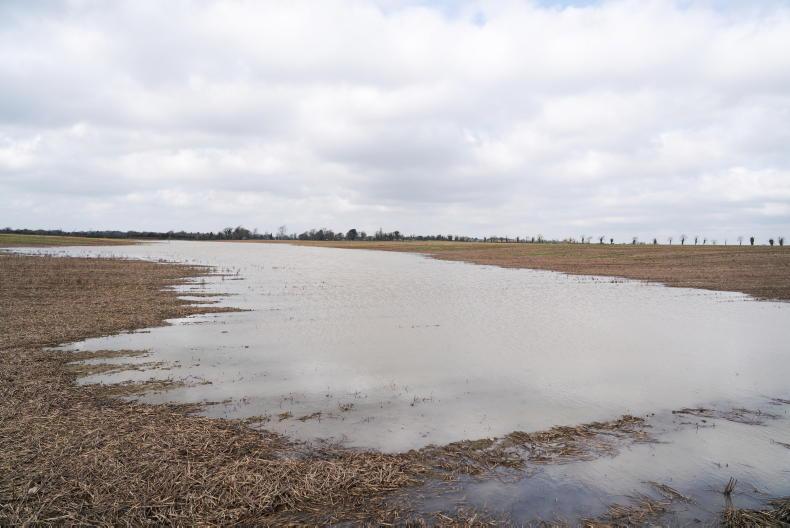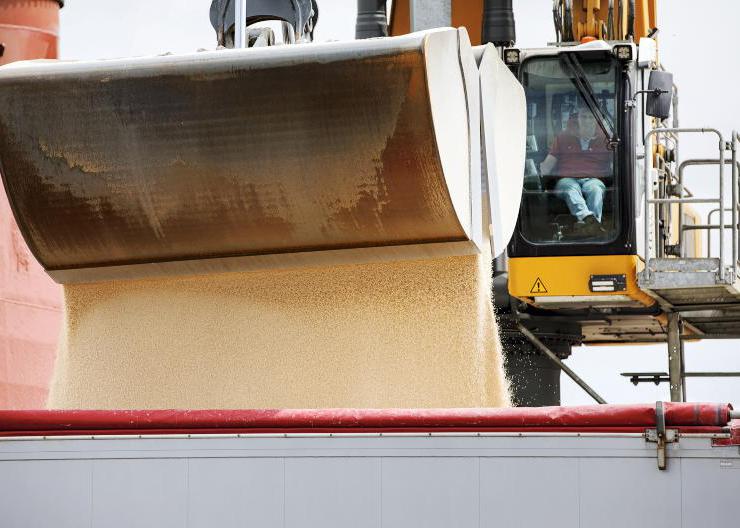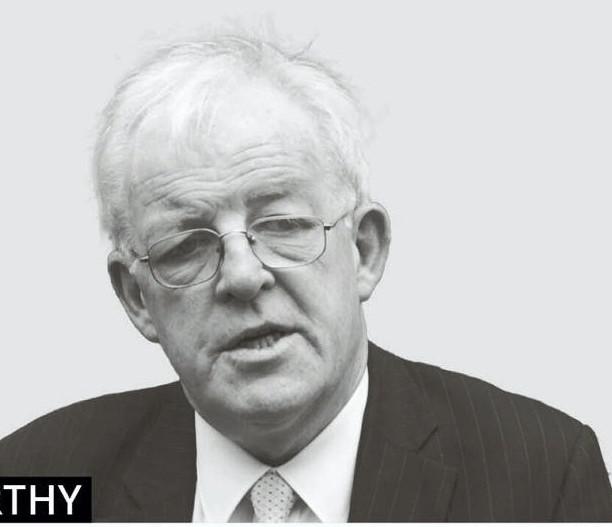The new Government has reaffirmed long-standing positions on energy policy and announced some fresh ones. There will be no reliance on nuclear power generation in Ireland, the electricity interconnector to France will go ahead, while the Liquefied Natural Gas (LNG) importation terminal near Ballylongford in north Kerry will not be permitted. No more exploration licences for oil or gas will be issued.
If the wind blows from the southeast, Ireland should fear a nuclear malfunction in France with or without an interconnector
France generates about 75% of its power from nuclear stations, many built in response to the first oil shock in 1973. Whatever radiation risks arise from nuclear plants are not being out-sourced to France by nuclear-free Ireland.
If the wind blows from the southeast, Ireland should fear a nuclear malfunction in France with or without an interconnector.
The system will always need some baseload power and it looks strange to ban nuclear stations here while importing nuclear power from our Gallic cousins.
Nuclear power
The site of the decommissioned Wylfa nuclear station on the northern coast of Anglesea island, a dozen kilometres from Holyhead, is a lot closer than France and is the possible location for a brand-new nuclear unit.
Wylfa operated from 1971 to 2015, while the citizens of Dublin slept safely in their beds 100km away, secure in the knowledge that no plant had been built at Carnsore in Wexford, as the ESB had sought to do.
Recent nuclear construction in Europe has been cautionary – plants have been costly and there are cheaper ways of cutting emissions
They would have had no sleep had it gone ahead, even though Carnsore is further away than Anglesea island. They would also have had lower carbon emissions – the ESB built the Moneypoint coal station instead.
Recent nuclear construction in Europe has been cautionary – plants have been costly and there are cheaper ways of cutting emissions.
But the nuclear industry claims that new technologies are on the way which will deliver smaller-scale and cheaper plants. Maybe so – why not wait and see?
Gas
The natural gas industry in Ireland is bigger than people think. The gas stations generate just over half the total power supplied and gas is the most popular home heating fuel in urban Ireland. Domestic supplies from the Corrib field will run down towards zero before the decade is out and Ireland will rely entirely on gas coming in through the interconnector from Scotland.
It will never be possible to operate an electricity system entirely on renewables – wind and solar are weather-dependent and there are no unexploited hydro opportunities of adequate size. Battery storage on the scale required to keep the lights on when the weather declines to co-operate is prohibitively expensive.
The conversion of home heating systems to electricity and heat pumps is also a long-term project
Even nuclear power is not the answer to the intermittency problem, since the units cannot be switched on and off quickly. But gas units can and power engineers believe that a portion of long-term Irish demand can only be met reliably from gas.
The conversion of home heating systems to electricity and heat pumps is also a long-term project. Coal and peat can be phased out, cars will eventually be electric, but it is hard to see a future with zero requirement for gas. There could be no further gas discoveries from existing licences and there will be no new licences.
Fracking
The principal objection to the proposed LNG terminal at Ballylongford is that it could have been used to import fracked gas from the US. There is evidence that fracking can involve carbon emissions and fracking in the US has been accompanied by controversies about fugitive gas and other environmental negatives.
These concerns are not imagined, but they do not support a ban on gas imports, only on imports of fracked gas.
Much of the gas liquefied for the high seas trade is not fracked at all – it comes from gas-fields just like Corrib and Kinsale Head. There are alternative importation possibilities. The LNG terminal does not have to be in north Kerry – Cork harbour, for example, is an alternative.
The interconnector from Scotland does not deliver Scottish gas, but whatever gas happens to be available, which could be Scottish, Norwegian, or Russian
But legitimate concerns about fracking, which indeed generates avoidable emissions, do not justify a ban on an alternative method of importing gas identical to the gas we produce ourselves and continue to import.
The interconnector from Scotland does not deliver Scottish gas, but whatever gas happens to be available, which could be Scottish, Norwegian, or Russian.
Aside from exposure to a single pipeline (pipelines fracture), there is the political risk of location at the end of a European gas supply system, which could fracture too. If a private company is willing to shoulder the cost of an LNG terminal, giving access to the world’s LNG suppliers, in competition with the existing interconnector, the protection of the existing import monopoly should not be a factor in deciding what to do.
The terminal, wherever it is located, is about security of supply, not about window-dressing climate policy.










SHARING OPTIONS